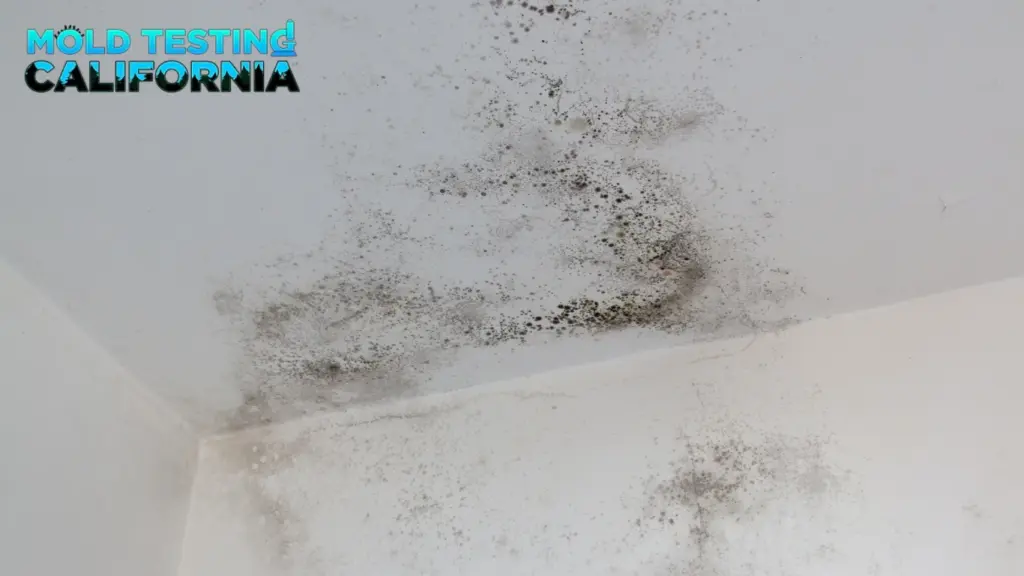Black mold is a type of toxic mold that can grow in your home, leading to severe health risks and property damage. Understanding how black mold forms and the conditions it needs to thrive is key to preventing infestations and ensuring a safe living environment. Black mold testing is an essential tool for early detection, helping you identify potential problems before they become widespread.
Moisture: The Primary Trigger for Black Mold Growth
The most important factor in the formation of black mold is moisture. Black mold, also known as Stachybotrys chartarum, thrives in areas with consistent moisture. It grows when water accumulates on surfaces like drywall, wood, and carpet, creating the ideal conditions for mold spores to settle and begin multiplying. Leaky roofs, broken pipes, flooding, or even high humidity in certain parts of the home are common causes of moisture buildup. Without excess moisture, black mold cannot survive, which is why addressing water issues quickly is crucial to preventing mold growth. Black mold testing helps identify hidden moisture sources, ensuring that remediation can address both the mold and its cause.
The Role of Poor Ventilation in Black Mold Formation
In addition to moisture, poor ventilation plays a significant role in the formation of black mold. Homes with inadequate airflow, particularly in basements, bathrooms, or attics, can trap moisture, creating an environment where mold can grow unchecked. Stale air prevents excess moisture from escaping and encourages mold spores to settle on surfaces. Rooms with high humidity, such as bathrooms or kitchens, are particularly vulnerable to mold growth without proper ventilation systems like exhaust fans or dehumidifiers. Regular black mold testing can help identify areas with inadequate ventilation and assess air quality, allowing homeowners to make adjustments before mold becomes a health risk.
How Black Mold Spreads and Grows in Hidden Areas
Black mold doesn’t always grow in plain sight. It often starts in hidden areas, such as behind walls, underneath flooring, or in ceilings, where moisture has accumulated but may not be immediately noticeable. Once black mold begins to grow, it releases spores into the air, which can spread to other areas of the home. This makes it especially difficult to detect without proper black mold testing. The spores can settle in new areas, causing further growth, and potentially leading to structural damage. Black mold thrives in moist, organic materials, and can continue growing as long as the conditions remain favorable, which is why early detection is critical.
Why Black Mold Testing Is Necessary for Homeowners
Because black mold often grows in hidden areas, it’s essential to conduct regular mold testing to identify its presence before it becomes a major issue. Black mold testing involves specialized tools that can detect mold spores in the air and assess the moisture levels within the home. Early detection through testing not only helps prevent extensive damage to your property but also safeguards the health of your family by addressing mold issues before they spread. Professional black mold testing ensures that mold growth is identified in its early stages, providing you with the necessary information to take corrective action.
Understanding the conditions that allow black mold to grow, such as moisture and poor ventilation, helps homeowners take preventive measures. By using black mold testing to detect mold early, you can avoid significant health risks and prevent mold-related damage in your home. Proper testing ensures that your home remains a safe and healthy environment.
Learn more:
The Risks of Black Mold in Your Home and How Testing Can Help
What Makes Black Mold Different from Other Mold Types?

